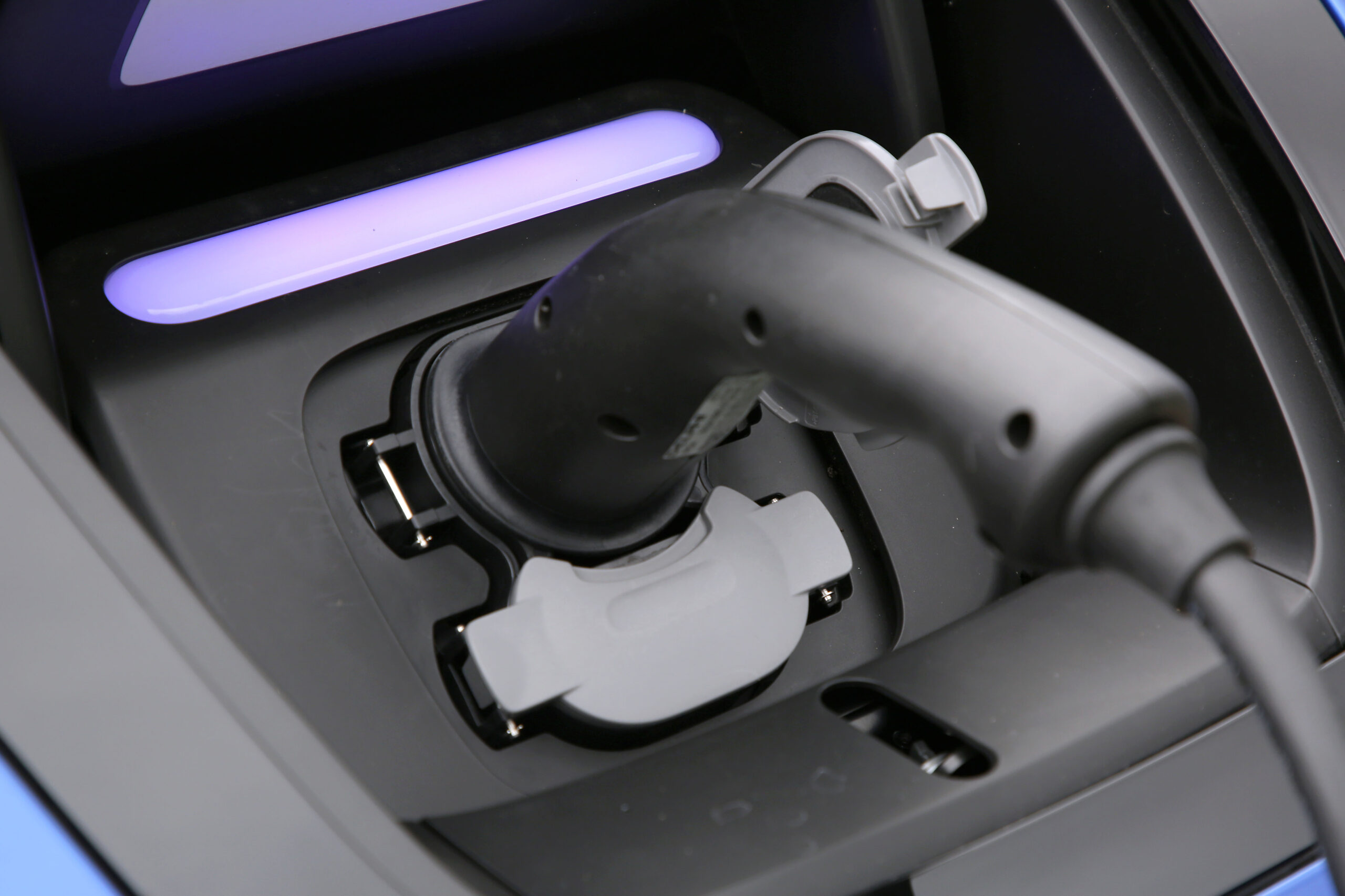members zone
This is a secure area and requires you to be logged in to the Members’ Zone.
My organisation has an SMMT membership and I have an account
Log in
My organisation has an SMMT membership and I need to register for an account
Register
I am not part of an organisation that has an SMMT membership
apply to join


